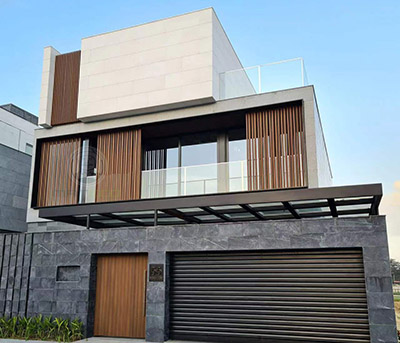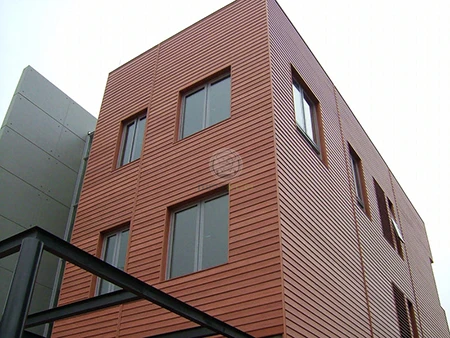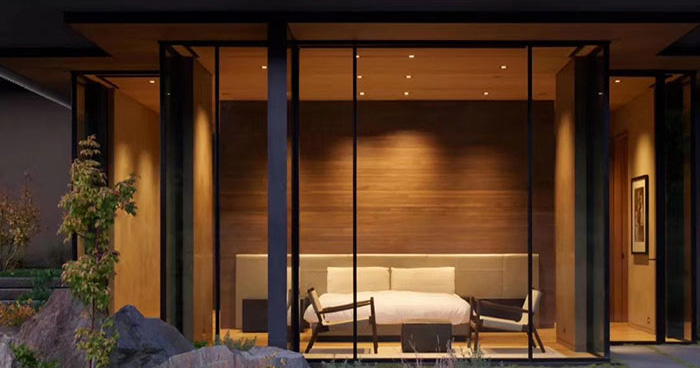Top 8 Types of False Ceiling
In modern architecture and interior design, the ceiling is no longer just a structural element; it has become a canvas for creativity and functionality. False ceilings, also known as dropped or suspended ceilings, have emerged as a popular solution for transforming spaces. They offer a myriad of design possibilities while serving practical purposes like concealing utilities and improving acoustics. In this article, we'll explore the different types of false ceilings available, their benefits and drawbacks, and how they can be used to enhance both residential and commercial environments.
Table of Contents
What Is a False Ceiling?
A false ceiling, also known as a dropped ceiling or suspended ceiling, is a secondary ceiling that is installed below the main structural ceiling. It is typically hung by a metal framework and conceals the original ceiling, creating a gap between the two. This space can be used for various practical purposes, such as housing electrical wiring, plumbing, and HVAC systems, while also offering aesthetic enhancements to a room's decor.
What Is the Purpose of a False Ceiling?
False ceilings serve several functions, making them a popular choice in both residential and commercial spaces:
Aesthetic Appeal: False ceilings can transform the look of a room by adding a modern, sleek finish. They allow for creative lighting designs, such as recessed lights and hidden LED strips, which can enhance the ambiance.
Acoustic Insulation: They help reduce noise levels by providing an additional barrier that absorbs sound, making them ideal for offices, theaters, and homes.
Thermal Insulation: The gap between the false ceiling and the main ceiling acts as an insulator, helping to keep rooms cooler in the summer and warmer in the winter.
Concealing Utilities: False ceilings effectively hide unsightly elements like wiring, ductwork, and plumbing, offering a cleaner and more organized appearance.
Fire Safety: Some false ceilings are designed with fire-resistant materials, which can provide added protection in case of a fire.
Types of False Ceiling
False ceilings come in various types, each offering distinct benefits and aesthetic qualities. Here are some of the most popular options:
1. Gypsum False Ceiling
Gypsum ceilings are made from gypsum boards or panels, which are lightweight and easy to install. They offer a smooth finish that can be painted to match any decor and are known for their fire-resistant properties.
Pros:
Lightweight and easy to install.
Smooth finish suitable for painting.
Fire-resistant and durable.
Cons:
Susceptible to water damage.
Can crack over time if not properly maintained.
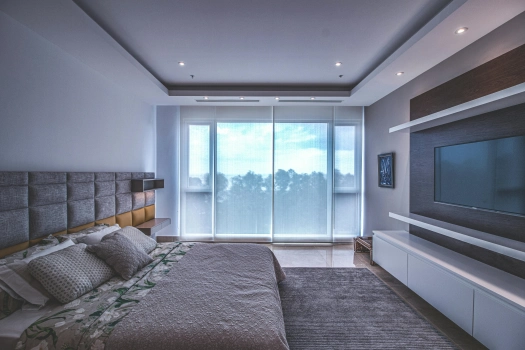
2. POP (Plaster of Paris) False Ceiling
POP ceilings are created by applying plaster of Paris over a mesh or wooden framework. They are versatile and can be molded into intricate designs, providing a smooth and seamless finish.
Pros:
Versatile and can be molded into intricate designs.
Smooth finish that can be painted.
Cost-effective.
Cons:
Time-consuming installation process.
Not as durable as other materials, can develop cracks.
3. Wooden False Ceiling
Wooden ceilings use various types of wood, such as plywood, teak, and cedar, to add a natural and warm look to any space. They can be customized with different stains, paints, or polishes.
Pros:
Adds warmth and a natural aesthetic.
Durable and long-lasting.
Can be customized with various finishes.
Cons:
Expensive compared to other materials.
Requires regular maintenance to prevent damage from pests and moisture.
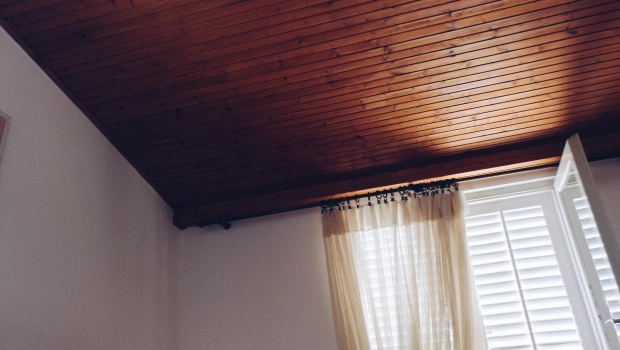
4. Metal False Ceiling
Metal ceilings are usually made from aluminum or galvanized iron. They are strong, durable, and often used in commercial settings. Metal panels can be perforated for better acoustic properties.
Pros:
Highly durable and strong.
Fire-resistant.
Low maintenance.
Cons:
Can be expensive.
Limited design flexibility compared to other materials.
5. PVC False Ceiling
PVC ceilings are made from polyvinyl chloride panels. They are lightweight, moisture-resistant, and come in a variety of designs and colors. PVC ceilings are easy to install and maintain.
Pros:
Lightweight and easy to install.
Moisture-resistant and termite-proof.
Available in various designs and colors.
Cons:
Not as fire-resistant as other materials.
It can look less natural.
6. Glass False Ceiling
Glass ceilings are made from frosted, tinted, or stained glass panels. They create a sophisticated and elegant look, enhancing natural light and making spaces feel larger.
Pros:
Elegant and sophisticated appearance.
Enhances natural light in the room.
Can make spaces feel larger and more open.
Cons:
Fragile and prone to breaking.
Expensive and requires careful installation.
7. Fiber False Ceiling
Fiber ceilings are made from materials like fiberglass or mineral fibers. They offer good acoustic properties and fire resistance, making them suitable for commercial buildings and public spaces.
Pros:
Good acoustic properties, ideal for sound absorption.
Fire-resistant.
Durable and easy to install.
Cons:
Limited design options.
Can look industrial if not properly styled.
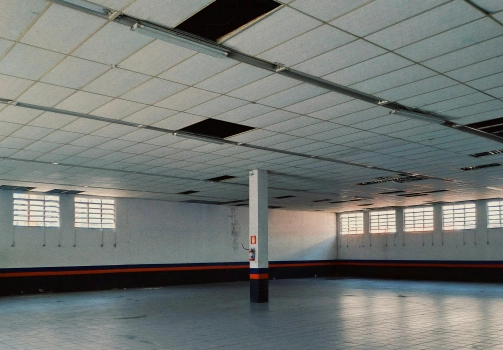
8. WPC (Wood Plastic Composite) False Ceiling
Description: WPC ceilings are made from a combination of wood fibers and plastic. They offer the aesthetics of wood with the durability of plastic. WPC panels are moisture-resistant, termite-proof, and environmentally friendly.
Pros:
Combines the aesthetics of wood with the durability of plastic.
Moisture-resistant and termite-proof.
Low maintenance and easy to clean.
Environmentally friendly as it is made from recycled materials.
Note: MATECO WPC ceiling is easy to install. Our ceilings use a clip system, allowing you to simply screw in the framing, and our ceilings will easily snap into place. You won't have to worry about safety issues either.
Cons:
Higher initial cost compared to some other materials.
Limited in terms of design flexibility compared to traditional wood.
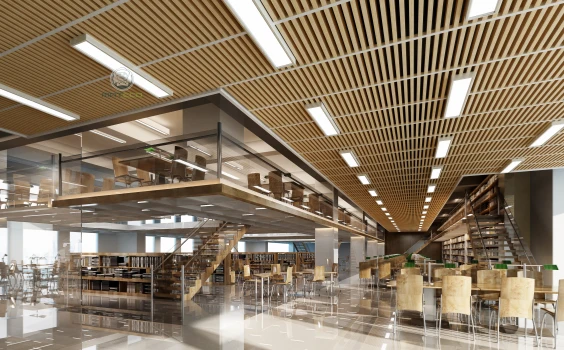
False Ceiling Design
Designing a false ceiling involves considering the room’s purpose, the desired aesthetic, and practical needs. Here are some tips for creating stunning false ceiling designs:
Layered Ceilings: Adding multiple layers can create a dynamic and visually interesting look. This is ideal for large spaces like living rooms and commercial lobbies.
Integrated Lighting: Use recessed lights, cove lighting, and LED strips to highlight the ceiling design and create ambient lighting.
Patterned Panels: Incorporate patterns and textures to add depth and character. This works well with materials like WPC, gypsum, POP, and wood.
Color Coordination: Choose colors that complement the room's decor. Neutral colors can create a calm and sophisticated ambiance, while bold colors can make a statement.
Functional Features: Consider the practical aspects, such as incorporating acoustic panels for sound control in a home theater or conference room.
By understanding the different types of false ceilings and their unique benefits, you can choose the right option to enhance both the function and style of your space. Whether you prefer the sleek look of gypsum, the natural warmth of wood, or the modern appeal of metal, there is a false ceiling design that can transform your room into a beautiful and functional environment.
If you are looking for a WPC manufacturer, MATECO WPC will be your best choice.
Website: https://www.matecowpc.com
WhatsApp: +86-13380085620
Email: info@matecowpc.com




